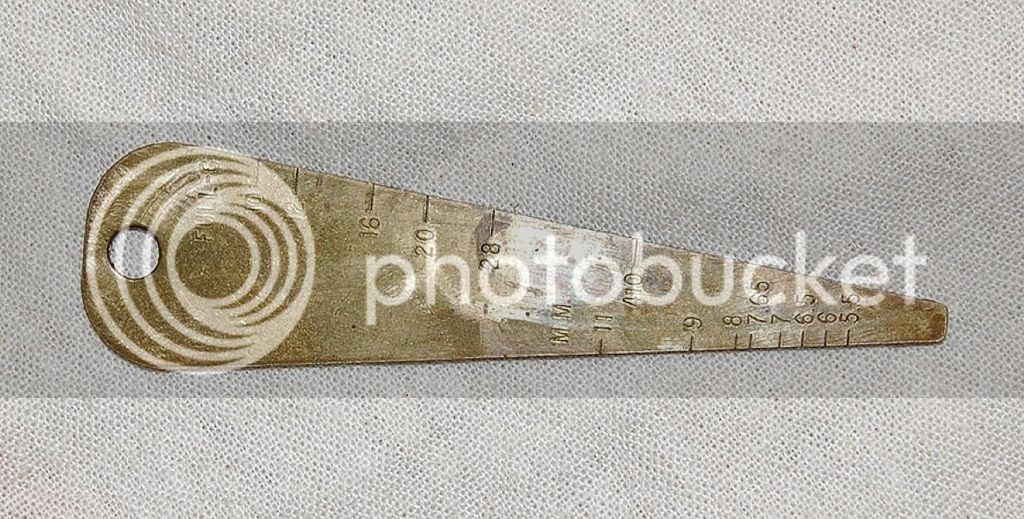I have several of the ball molds marked in the balls per pound category. The mold for my Bess is marked at 12 balls per pound. Unfortunately time has not been good to the mold and balls measure from 0.690 to 0.720 depending where on the ball the measurement is taken. Still it supports your theory that the ball size is marked on the mold for use in a bore of that size.
Similar measurements of the 21 marked mold for my 20 gauge fowler are similarly egg shaped and generally close to 0.590. Its good enough to carry on woods walks, but I like to use my modern molds for casting ball to use.
Similar measurements of the 21 marked mold for my 20 gauge fowler are similarly egg shaped and generally close to 0.590. Its good enough to carry on woods walks, but I like to use my modern molds for casting ball to use.







